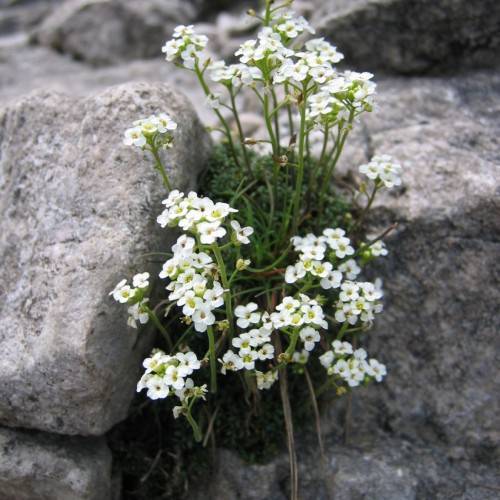
Porsild's Braya
Braya humilis subsp. porsildii
Watering:
Frequent
Hardiness Zone:
Sun:
full sun,part shade
Cones:
Yes
Growth Rate:
Low
Salt Tolerant:
Yes
Thorny:
Yes
watering
Water the Ellesmere Island Braya (Braya humilis subsp. ellesmerensis) with 1/2 cup of water 2 times a month during its growing season. Water slowly and thoroughly until the entire root zone is damp but not saturated. Avoid wetting the foliage to prevent fungal diseases. Reduce watering frequency in the winter when the plant is dormant. Do not let the plant dry out completely for more than a few days.
sunlight
Ellesmere Island Braya is native to the high Arctic tundra on Ellesmere Island, Nunavut, Canada. This species requires full sun and is best suited to long days of summer sunlight. It thrives in regions that receive 8 to 15 hours of direct sunlight during the growing season (June-September). The optimal sun exposure in this area is south and west exposures. In areas that receive less sunshine, this plant will need extra care and attention to ensure it stays properly hydrated and does not suffer from sunburn.
pruning
Ellesmere Island Braya should be pruned after flowering. This plant species needs minimal pruning and should only be done if dead or unhealthy looking foliage needs to be removed. Pruning should be done late in the winter season, when the plant is not actively growing. The bare stems should be cut back to the main plant framework, being careful not to take too much tissue. This will encourage a healthy bush-like shape. No more than 20 to 25 percent of foliage should be removed when pruning, to avoid damaging the plant.
